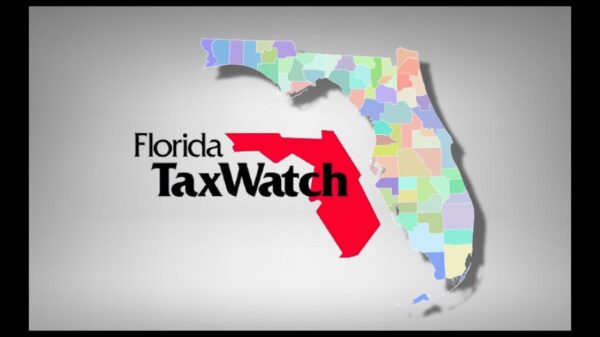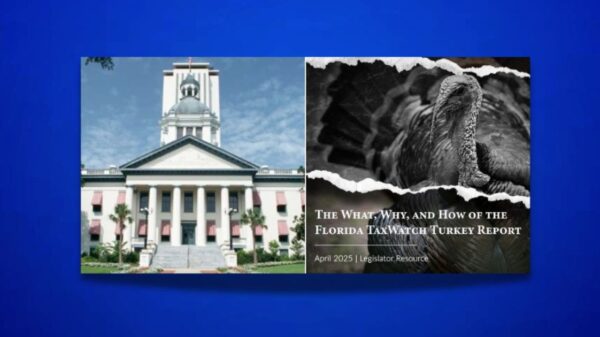This week, during Florida TaxWatch’s (FTW) spring meeting in Tampa, the taxpayer research institute released “2022 How Counties Compare.”
Complementing the larger “How Florida Compares” research series, this report analyzes Florida’s 67 counties and the myriad of local governments within the state, offering community leaders, elected officials, and members of the media insight into tax rates, tax collections, other revenue sources, and government expenditures.
Florida TaxWatch President and CEO Dominic Calabro weighed in on the report.
“As local governments in Florida spend more than $100 billion in taxpayer money annually, it is important for those taxpayers to have an idea of what they’re getting for that money. We began this series to allow Floridians to easily access information about government in their area, particularly the levels of taxing and spending and how these amounts compare to other localities, as it often varies considerably. We continue it today so that Florida taxpayers play a role in holding their government accountable, armed with data, not just rhetoric,” Calabro said.
“At Florida TaxWatch, we firmly believe that it is only through knowledge and participation that we can decide if we’re getting the government we pay for, which is why we’re honored to present the ‘2022 How Counties Compare’ report – a highly anticipated, trusted resource for policymakers and journalists – on behalf of hard-working Floridians and their families,” he added.
More than half of all Florida government revenue is generated at the local level, and the state’s 67 counties, 400 plus municipal governments, and roughly 1,800 independent special districts combined spend more than $100 billion annually.
The following are additional findings outlined in FTW’s report relating to property taxes, local option sales taxes (and the motor fuel tax in particular), and population and income:
Property Taxes
Monroe County has the highest per capita property tax levies, totaling $3,435 in tax year 2021. Union County’s property tax levies were the lowest at $335 that same year. The statewide average was $1,810.
Since 2012, growth in total property tax levies has been the highest in Walton County at 137 percent and the lowest in Washington County at -1.4 percent.
Statewide growth in property tax levies has been significant, particularly over the last decade. From 2012 to 2021, it has risen 27.8 percent.
Local Option Sales Taxes/Motor Fuel Tax
With Florida’s general sales tax rate at 6 percent, local governments levy an additional local option sales taxes ranging from 0.5 to 1.5 percent. Monroe County has the highest per capita local option sales tax revenue, totaling $704.58 in January 2022. Union County’s local option sales tax revenue was the lowest at $58.31 (aside from Citrus County, which is the only county without a local option sales tax). The statewide average was $193.49.
In Fiscal Year 2020-21, per capita local option motor fuel tax revenue was highest in Hamilton County at $258.15 and lowest in Pinellas County at $25.96. The statewide average was $40.36.
Population and Income
Miami-Dade County has the highest population, recorded at 2,731,939 in April 2021. Union County’s population was the lowest at 7,464. The statewide total was 21,898,945.
In 2020, per capita county personal income was highest in Monroe County at $106,583 and lowest in Union County at $24,593. The statewide average was $55,675.
As of February 2022, Monroe County has the lowest unemployment rate at 2 percent and Hamilton County has the highest at 4.5 percent. The statewide average is 3.1 percent.





















